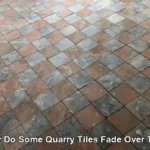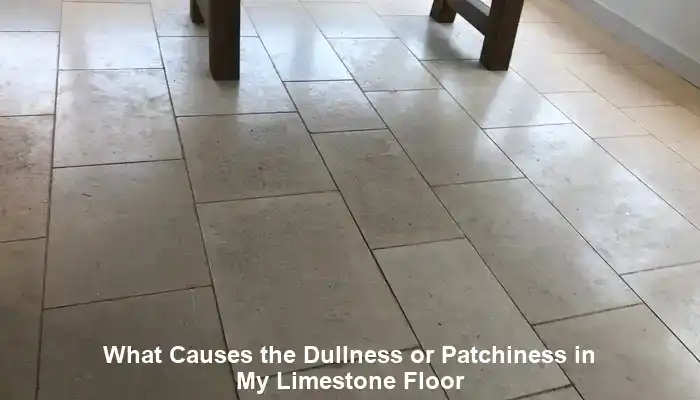
Discover the Essential Causes of Dull Limestone Floors and Effective Remedies
limestone floors are renowned for their exquisite elegance and enduring appeal; however, over time, they may gradually lose their radiant shine. It is crucial for homeowners to comprehend the key reasons leading to dullness and uneven patches in their limestone flooring to effectively maintain its aesthetic allure. A variety of factors can contribute to this deterioration, each requiring tailored approaches for prevention and restoration. By staying informed and proactive, you can ensure that your limestone flooring continues to serve as a stunning focal point in your home.
Evaluating the Impact of Daily Foot Traffic on Limestone Floor Health
Daily foot traffic can have a profound effect on the condition of limestone floors, leading to gradual wear that detracts from their natural beauty. As individuals walk across the surface, small scratches and dull patches can emerge, especially in high-traffic zones such as hallways and kitchens, where constant movement exacerbates the issue. Over time, the protective coating on the limestone wears away, exposing the porous stone underneath, which can result in further degradation. This physical wear not only diminishes the aesthetic appeal but also undermines the longevity and durability of your flooring.
Professional Recommendations: Best Products for Daily Limestone Floor Care
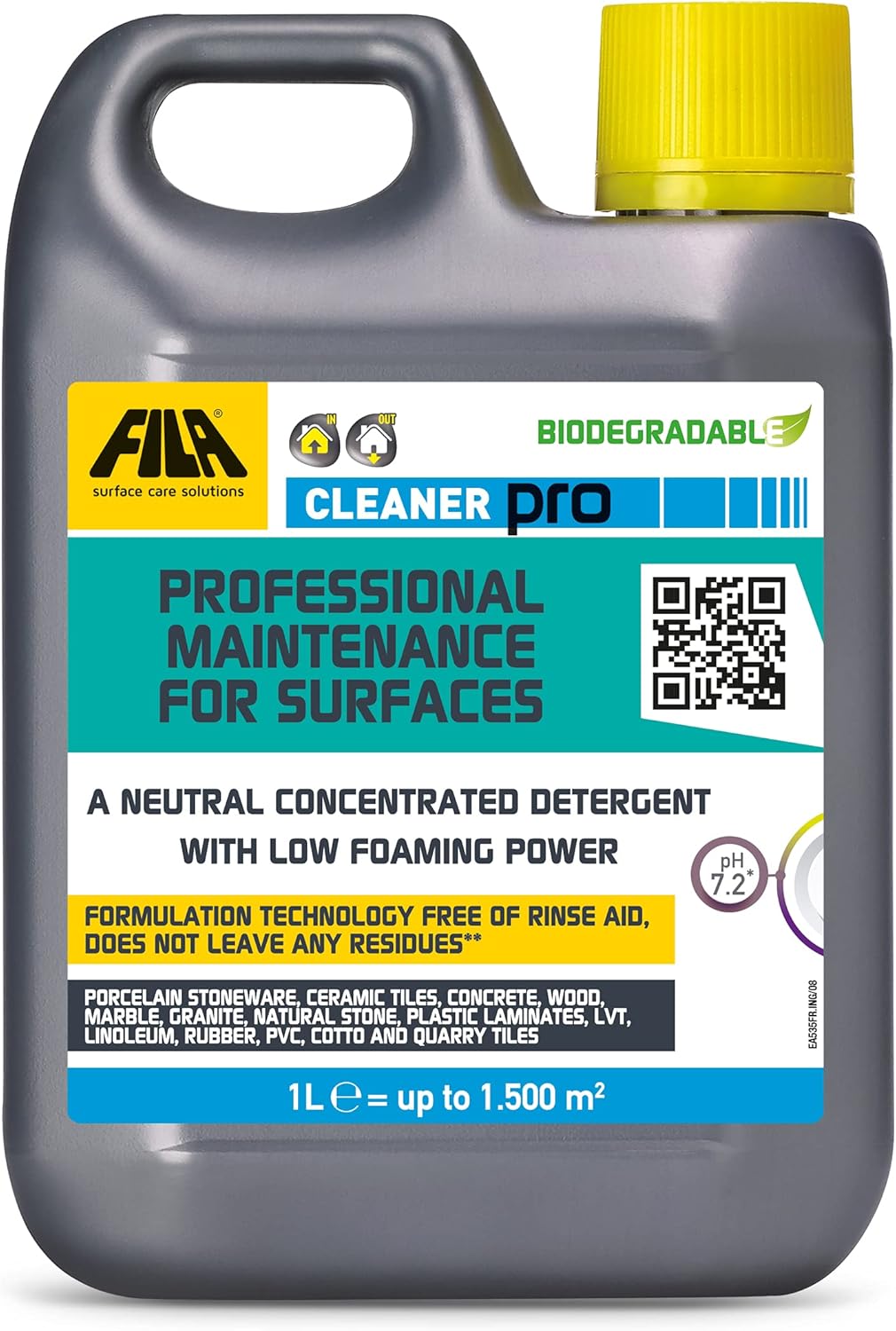
Fila Pro Floor Cleaner
|
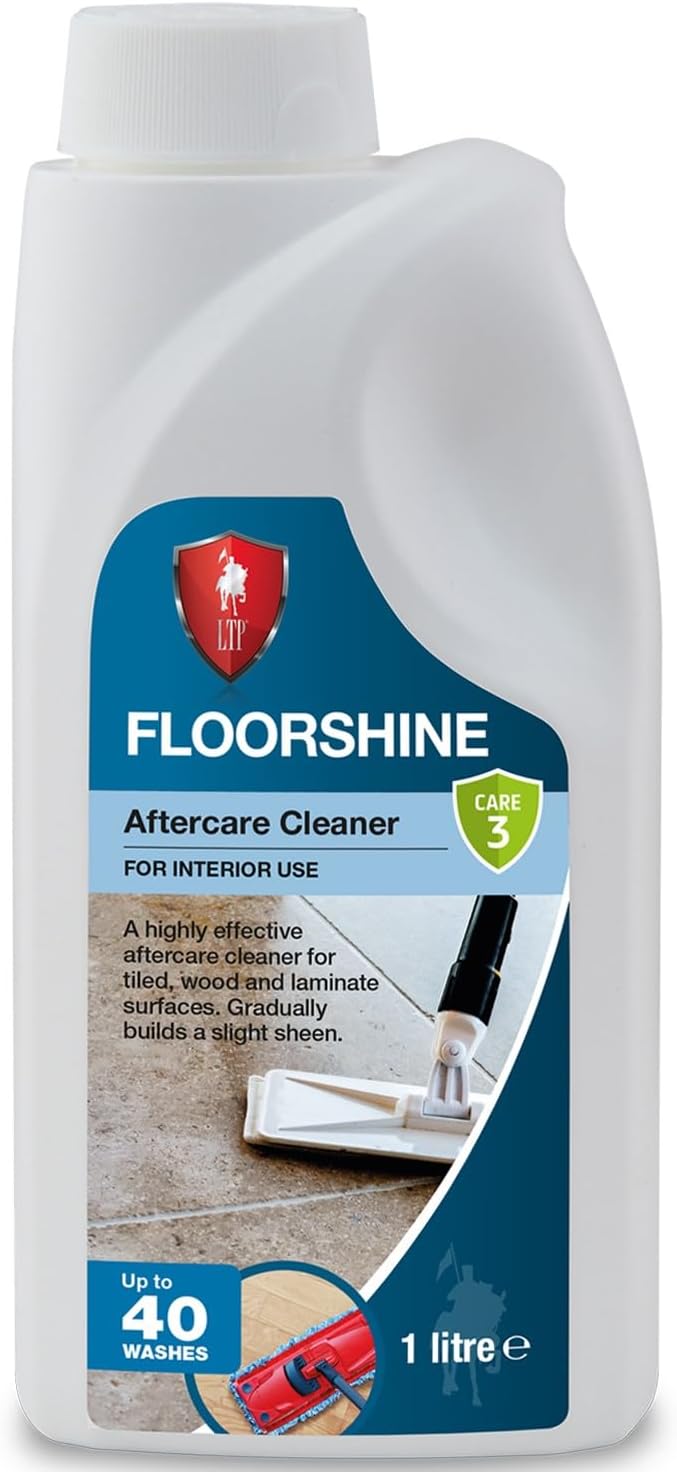
LTP Floorshine
|
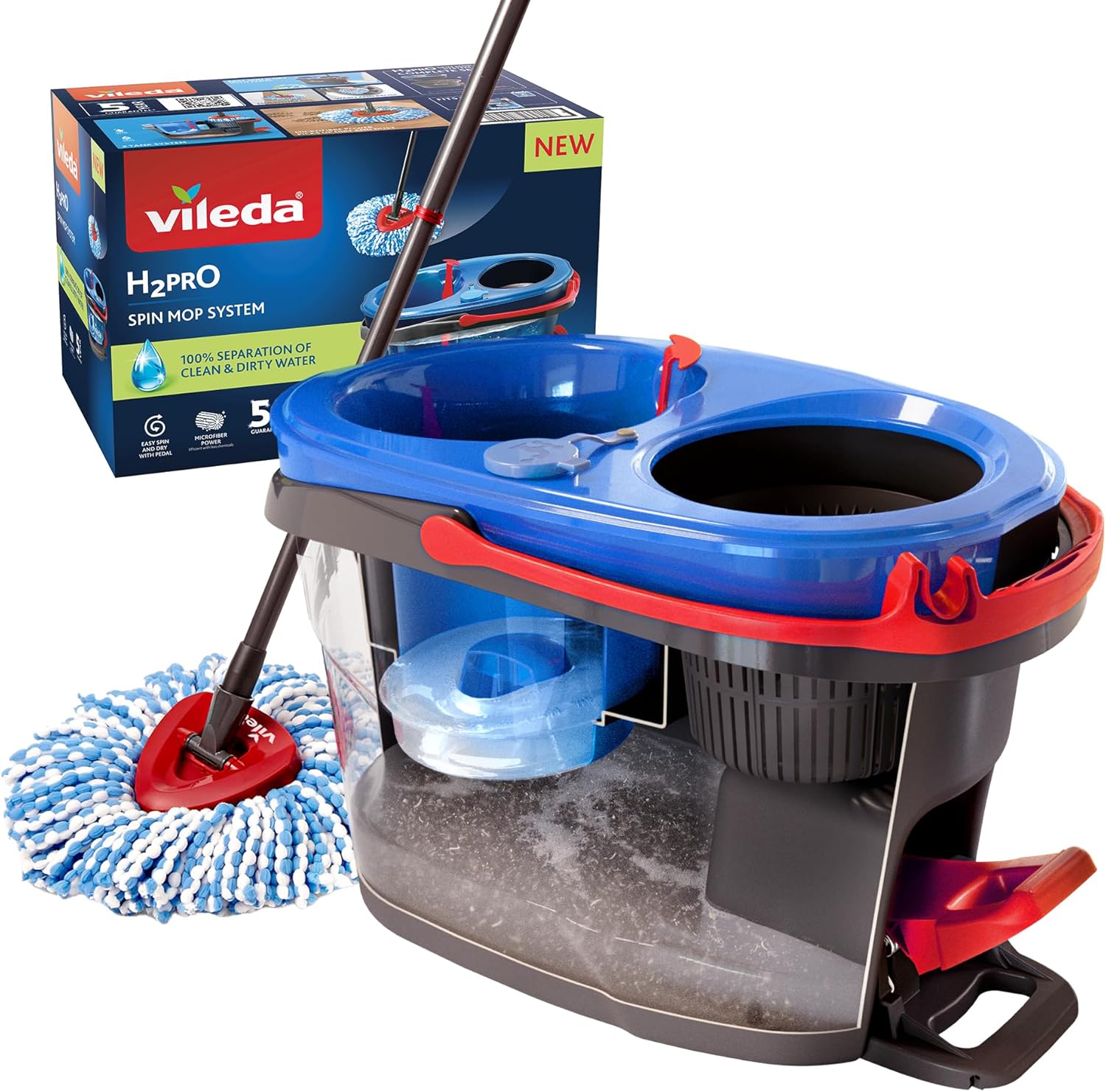
Vileda H2PrO Spin Mop System
|
To reduce wear effectively, homeowners throughout the UK can adopt various protective measures. Implementing mats at entry points and establishing a no-shoes policy indoors can drastically reduce the amount of dirt and debris that comes into contact with the flooring. Regular sweeping or vacuuming is crucial to eliminate dirt and grit, which can function like sandpaper against the surface, causing unsightly scratches. Additionally, placing protective pads under furniture can avert unsightly scratches and dents that contribute to a worn-out appearance, thus helping to maintain the floor's integrity.
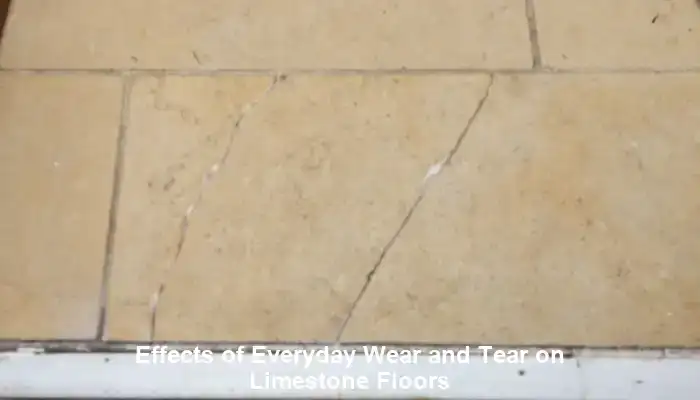
Moreover, recognizing the traffic patterns within your home can assist in formulating a customized maintenance strategy. For example, areas frequently used by children and pets may necessitate more frequent cleaning and attention compared to less-utilized spaces. This proactive maintenance approach can significantly extend the lifespan of your limestone flooring, ensuring it retains its fresh and sophisticated appearance for years to come.
The Detrimental Effects of Insufficient Cleaning on Limestone Surfaces
Utilizing incorrect cleaning methods can severely diminish the shine of limestone floors. Many homeowners unknowingly employ harsh chemicals or abrasive tools that dull the stone instead of cleaning it effectively. Residues from these cleaning agents can build up over time, forming a film that detracts from the floor's natural beauty. This situation is particularly concerning, as it can lead to long-term damage if not addressed promptly.
To maintain the integrity of limestone, it is vital to use pH-neutral cleaners specifically designed for this type of stone. These cleaning agents are both gentle and effective at removing dirt without leaving harmful residues behind. Additionally, utilizing a soft mop or cloth during the cleaning process can help avert scratches that may occur with more abrasive cleaning tools. In the UK, many homeowners are increasingly leaning towards eco-friendly cleaning solutions that are safe for both the stone and the environment. Regular gentle cleaning, coupled with periodic deep cleaning sessions, can significantly help maintain the floor's shine and prevent the buildup of grime that leads to dullness. By selecting appropriate cleaning products and techniques, you can preserve the pristine appearance of your limestone floors.
How Environmental Conditions Affect the Look of Limestone Floors
Limestone is highly reactive to its surrounding environment, with exposure to sunlight and moisture profoundly influencing its appearance. Over time, UV rays can fade the stone, causing it to lose its vibrant colors and contribute to a lackluster finish. Additionally, moisture can infiltrate the tiny pores of the limestone, resulting in patchiness and discoloration that detracts from the overall aesthetic of your flooring.
In the UK, where weather conditions can be unpredictable, homeowners should consider applying protective sealants to shield their limestone from environmental challenges. Regularly inspecting the flooring for signs of moisture damage is also advisable, as early detection can prevent more significant issues from developing. Using curtains or UV-protective films on windows can help diminish sunlight exposure, thus preserving the stone's original color and vibrancy. By understanding the environmental challenges limestone faces, homeowners can take better steps to protect their investment and maintain the stunning appearance of their floors.
Understanding the Critical Role of Proper Sealing for Limestone Floors
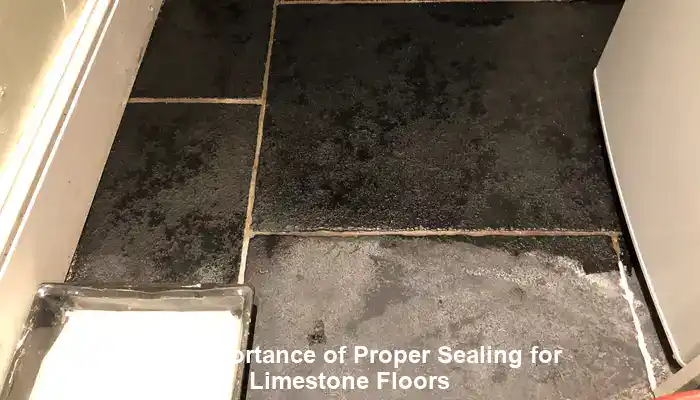
Applying a sealant is essential for preserving the integrity of limestone floors; however, improper sealing can lead to undesirable results, including dullness and staining. Without adequate sealant, limestone becomes vulnerable to spills and wear, making it easier for the stone to absorb liquids, potentially leading to permanent discoloration and patchy areas that detract from its beauty.
Choosing a high-quality sealant that is suitable for natural stone and meticulously following the manufacturer's guidelines is vital. In the UK, numerous professionals offer sealing services that ensure thorough application, significantly improving the stone's durability and appearance. This professional intervention can make a significant difference in protecting your floors. Furthermore, regular re-sealing is crucial, as the effectiveness of sealants diminishes over time due to wear and environmental factors. Homeowners should assess their floors annually and consider re-sealing when necessary to prevent damage from daily wear, spills, and moisture exposure. Maintaining a vigilant approach to sealing can greatly extend the lifespan of your limestone flooring.
Identifying the Risks Posed by Acidic Substances on Limestone Surfaces
Limestone is particularly susceptible to damage from acidic substances, which can etch and dull its surface. Common household items such as vinegar, lemon juice, and certain cleaning products can inflict significant harm if accidentally spilled on limestone floors. Once etched, the affected areas may display a dull and discolored appearance, which can be difficult to rectify.
To safeguard against this type of damage, homeowners should act quickly by cleaning any spills with water and a soft cloth as soon as possible. Educating family members about the risks associated with using acidic substances on limestone is also beneficial in preventing accidental damage to the stone. Integrating coasters and using placemats in dining areas can further protect against unintentional spills. The key to preserving your limestone flooring is prevention through awareness and prompt action, ensuring the integrity and shine of the stone are maintained.
The Adverse Effects of Hard Water on Limestone Floors in the UK
Hard water is a prevalent issue in many regions of the UK, and its effects can be quite detrimental to limestone floors. The mineral deposits left behind when hard water evaporates can create unsightly patches, rendering even well-maintained floors looking neglected and unappealing. Understanding how hard water interacts with limestone is essential for effective maintenance and care.
The Issue of Mineral Deposits on Limestone Surfaces

As water evaporates, it leaves behind minerals such as calcium and magnesium. Over time, these deposits can accumulate on the surface of limestone floors, resulting in a dull, patchy appearance that diminishes the overall aesthetic. This issue is particularly severe in areas with hard water, where mineral content is significantly elevated, making it a common concern for homeowners.
Identifying these mineral deposits early can help prevent long-term damage to your flooring. Regular cleaning with distilled water can reduce mineral buildup, as it lacks the minerals typically found in hard water. Homeowners may also want to consider installing a water softener to treat the water supply, thereby mitigating these issues before they begin to manifest. Understanding the quality of local water is essential for effective maintenance. Certain areas in the UK, particularly the South East, are known for hard water. Residents in these regions should be especially vigilant about maintaining their limestone flooring to avoid the detrimental effects of mineral deposits.
Addressing Scale Accumulation on Limestone Floors
Beyond mineral deposits, scale build-up from hard water can significantly dull limestone floors over time. This scale accumulation may appear as a rough texture or discoloration, rendering the surface uneven and uninviting. This not only impacts aesthetic appeal but can also lead to long-term damage if not promptly addressed.
Homeowners can combat scale build-up by utilizing soft cleaning cloths and non-abrasive cleaning solutions specifically formulated for limestone. Regular cleaning sessions can help prevent scale formation and keep the flooring looking its best, ensuring it remains a beautiful feature of your home. For those experiencing persistent scale issues, seeking professional assistance may prove beneficial. Specialists can provide deep cleaning services that effectively remove scale build-up, restoring the stone's natural sheen and enhancing its appearance.
Implementing Preventive Measures Against Hard Water Damage
Taking proactive steps can significantly reduce the impact of hard water on limestone floors. Installing water softeners is an effective long-term solution that not only protects your flooring but also benefits appliances and plumbing throughout the home. These systems work by eliminating harmful minerals from the water, ultimately preserving the beauty of your limestone surfaces.
Additionally, homeowners should establish a consistent cleaning routine, using specialized products designed to combat the effects of hard water. Incorporating a vinegar and water solution in moderation can also aid in dissolving mineral deposits without damaging the limestone surface, provided it is used cautiously. Ultimately, understanding the relationship between hard water and limestone is crucial for maintaining the appearance of your floors and extending their lifespan, ensuring they remain a beautiful feature in your home.
Assessing the Effects of UK Weather on Limestone Floors
The UK is known for its diverse weather patterns, and the impact of rain and moisture on limestone flooring can be quite significant. Homeowners must acknowledge these environmental influences to maintain the beauty and integrity of their limestone floors, ensuring they remain a standout feature in their homes.
Analyzing the Harmful Effects of Rain and Moisture on Limestone
Frequent rain can be particularly harmful to limestone, as moisture seeps into the porous surface, leading to patchiness and dullness over time. This constant exposure to moisture can weaken the stone, resulting in further deterioration and an unattractive appearance as the stone becomes compromised.
To combat these challenges, it’s essential to ensure that limestone floors are adequately sealed, creating a strong barrier against the elements. Regular inspections can help identify any areas that may require resealing or repair, preventing long-term damage and ensuring the stone remains in good condition. Moreover, installing a dehumidifier in damp areas can significantly reduce moisture levels, protecting your limestone floors from the adverse effects of humidity and preserving their beauty for years to come.
Managing the Effects of Temperature Fluctuations on Limestone Integrity
The variable temperatures experienced in the UK can also be detrimental to limestone. As temperatures shift, the stone expands and contracts, which can lead to cracks and surface imperfections. This process contributes to a lack of shine, as the stone becomes more susceptible to dirt and stains, further detracting from its appearance.
To minimize damage caused by temperature fluctuations, it’s essential to maintain a consistent indoor climate. Utilizing rugs and mats can help insulate the floor and reduce temperature variations. Furthermore, installing underfloor heating can create a stable environment, ensuring that the limestone remains in optimal condition throughout the year. By understanding these temperature dynamics, homeowners can take proactive steps to extend the life of their limestone floors and preserve their stunning appearance.
The Vital Importance of Protective Sealing Against Weather Effects
Applying protective sealants is essential for safeguarding limestone against the adverse effects of UK weather conditions. A high-quality sealant not only protects against moisture but also enhances the stone's color and shine, ensuring it remains a beautiful feature in your home. In the UK, many reputable companies offer premium sealants specifically designed for natural stone, providing homeowners with a wide array of options to choose from.
Regular resealing is generally advised every one to three years, depending on usage and exposure to moisture. Monitoring the condition of the sealant can help prevent water and environmental damage, preserving the beauty of limestone floors for years to come. Investing in the appropriate sealant and committing to regular maintenance can save homeowners from substantial repair costs in the future while enhancing the overall aesthetic appeal of their living spaces.
Selecting the Most Effective Cleaning Products and Techniques for Limestone Care in the UK
Choosing the right cleaning products and methods is crucial for sustaining the beauty of limestone floors. Many households inadvertently use harmful substances that can lead to dullness and damage over time, compromising the integrity of their flooring.
Acknowledging the Risks of Harsh Chemicals on Limestone Floors
Household cleaning products containing harsh chemicals can severely affect limestone floors. Many common cleaners include acids or abrasive materials that can etch the surface, resulting in a dull and unappealing finish. This can be particularly concerning for homeowners who wish to maintain the pristine condition of their flooring.
Homeowners should choose cleaners specifically formulated for limestone that are both safe and effective. These products not only help preserve the stone but also effectively remove dirt and grime without causing damage. Furthermore, understanding the label ingredients is crucial; avoid any products that list acidic or abrasive components to protect your floors. In the UK, eco-friendly and biodegradable cleaning options are becoming increasingly popular, offering safe alternatives that safeguard both the environment and your limestone floors. By making informed choices about cleaning products, homeowners can maintain the integrity of their flooring while also contributing to a healthier planet.
The Effect of Incorrect pH Levels on Limestone Maintenance
Using cleaning products with improper pH levels can jeopardize the look of limestone. Acidic cleaners can etch the surface, while overly alkaline products can lead to discoloration, both of which can be detrimental to the stone’s beauty. Therefore, it is essential to select pH-neutral cleaners that are gentle yet effective for maintaining limestone.
Regularly testing cleaning products before use can help ensure their suitability for limestone surfaces. Homeowners should also perform a patch test in an inconspicuous area before applying any new product to their floors, thus avoiding potential damage. Furthermore, using vinegar or lemon juice-based cleaners should be approached with extreme caution, as their acidic nature can lead to irreversible damage. Instead, consider using a diluted solution designed explicitly for limestone surfaces to achieve the desired results without compromising the stone.
Implementing Best Practices for Cleaning Limestone Floors
Employing gentle cleaning techniques is crucial for preserving the appearance of limestone floors. Soft mops and cloths should be standard for regular cleaning, as abrasive scrubbers can scratch and dull the surface, leading to a loss of shine and texture. Regular sweeping and vacuuming are essential for preventing the accumulation of dirt and grit that can cause scratches and dullness. For deeper cleaning, consider using a steam cleaner specifically designed for natural stone, as it sanitizes without the need for harsh chemicals, ensuring a thorough clean while minimizing the risk of damage.
Creating a consistent cleaning schedule can also help maintain the floor’s appearance. For instance, weekly cleaning with a soft mop and pH-neutral solution, combined with a monthly deep clean, can ensure limestone floors remain in excellent condition throughout the year.
Avoiding Abrasive Materials When Caring for Limestone Floors
Using abrasive cleaning tools can cause significant scratches on limestone surfaces, leading to a loss of shine and texture. These materials can create micro-scratches that reduce the floor’s appeal and may trap dirt and moisture, worsening the issue over time. Homeowners should ensure they use soft, non-abrasive materials when cleaning limestone. Microfiber cloths and soft mops are excellent choices, while scrubbing pads should be avoided altogether to preserve the surface. It’s also beneficial to educate all household members on the importance of using the right materials when cleaning the floors. By fostering a culture of care around the limestone flooring, homeowners can significantly extend its lifespan and maintain its beauty, ensuring it remains a cherished feature in their homes.
The Importance of Proper Drying Techniques for Limestone Floors
Leaving limestone floors wet after cleaning can lead to water spots and mineral deposits, compromising their luster and overall appearance. It is essential to ensure that floors are thoroughly dried after cleaning to prevent these issues from arising and to maintain their appearance. Using a dry mop or towel after cleaning can help remove any remaining moisture and enhance the drying process. Additionally, incorporating proper ventilation during and after cleaning can expedite drying, ensuring that water does not rest on the surface longer than necessary and cause damage. In areas prone to humidity, such as kitchens and bathrooms, maintaining a dry environment is crucial. Homeowners should consider using dehumidifiers or ventilation fans to keep moisture levels low, thus protecting their limestone floors from potential damage and preserving their stunning appearance.
Executing Key Maintenance and Restoration Strategies for Limestone in the UK
Regular maintenance and timely restoration are vital for preserving the beauty and longevity of limestone floors. Understanding how to care for these surfaces can lead to a significantly longer lifespan and continued aesthetic appeal, ensuring they remain a focal point in your home.
Creating a Structured Maintenance Schedule
Routine care is essential for preventing dullness and patchiness on limestone floors. Utilizing UK-sourced limestone cleaners specifically designed for natural stone can help maintain their original appearance while avoiding the damaging effects of harsh chemicals. Establishing a straightforward maintenance routine, which includes regular sweeping, mopping, and deep cleaning every month, can effectively prevent grime build-up and keep the stone looking lustrous and appealing.
Homeowners should also consider the specific conditions of their flooring and tailor their maintenance routine accordingly. For instance, floors located in high-traffic areas will require more frequent attention compared to those in less frequently used spaces. By adjusting their care practices, homeowners can ensure their limestone floors remain in excellent condition and retain their beauty over time.
Considering Professional Restoration Services for Limestone Floors
Occasionally, limestone floors may require professional restoration services to regain their original shine and beauty. Engaging UK-based professionals for periodic deep cleaning can effectively remove accumulated dirt and restore the stone’s natural beauty. This investment can yield long-term benefits, enhancing the floor’s appearance and extending its lifespan.
Many professionals employ advanced techniques, such as diamond polishing, to rejuvenate limestone surfaces. This process can efficiently eliminate scratches and dull patches, revealing the stunning stone beneath and restoring its glossy finish. Investing in professional restoration services can significantly prolong the lifespan of limestone flooring, making it a worthwhile consideration for homeowners aiming to maintain their investment and preserve the beauty of their spaces.
Exploring DIY Solutions for Minor Repairs to Limestone
For minor repairs between professional treatments, homeowners can utilize UK-available products designed for limestone maintenance. These solutions can address minor scratches and help maintain the floor’s appearance without the need for hiring professionals for every issue that arises. Using DIY polishing pads or sprays can provide a quick fix for minor imperfections. However, it’s essential to ensure that these products are compatible with limestone to avoid causing further damage or dullness to the surface. Educating oneself about the proper care techniques for limestone is vital in maintaining its beauty. Engaging with local communities or online forums can also provide valuable tips and tricks from fellow homeowners who have faced similar issues, fostering a supportive network for limestone care.
Implementing Strategies to Avoid Future Dullness and Patchiness in Limestone Floors
Taking proactive measures can significantly minimize the likelihood of dullness and patchiness in limestone floors. Understanding the best practices for care and maintenance is crucial for preserving their beauty and ensuring they remain a stunning feature of your home.
The Importance of Using Appropriate Sealing for Long-Term Protection
Applying high-quality sealants available in the UK can effectively shield limestone from future wear and environmental damage. Sealants create a protective barrier against moisture and stains, ensuring the stone remains in pristine condition and retains its natural beauty. Regularly assessing the need for resealing is essential, as the effectiveness of sealants diminishes over time due to wear and environmental exposure. Homeowners should consider scheduling professional inspections annually to determine whether resealing is necessary to maintain protection and appearance. Investing in high-quality sealing products specifically designed for limestone can yield significant long-term benefits, preserving the floor’s natural shine and extending its lifespan for many years to come.
Incorporating Mats and Rugs for Enhanced Protection of Limestone Floors
Utilizing mats and rugs at entry points can drastically reduce the amount of dirt and moisture that reaches limestone floors. These simple additions can effectively capture debris and prevent scratches, thereby preserving the longevity of the stone beneath. Selecting high-quality, absorbent mats is vital for maximizing their effectiveness. Strategically placing them in high-traffic areas, such as entrances and hallways, can create a protective barrier between the outside environment and your beautiful floors, ensuring they remain clean and well-maintained. Promoting a no-shoes policy indoors can further enhance the protective benefits of mats, preventing dirt and grime from being tracked across limestone surfaces and contributing to their deterioration.
The Crucial Importance of Conducting Regular Inspections for Limestone Floors
Carrying out regular checks for signs of wear or damage can help address issues before they worsen, saving homeowners time and money in the long run. Homeowners should routinely inspect their limestone floors for scratches, stains, or any indications of moisture damage that may require immediate attention. Establishing a seasonal inspection schedule can help identify and address problems early, enabling timely intervention. Keeping a log of maintenance tasks and inspections can also assist in tracking the condition of your flooring over time, fostering a proactive approach to care. By adopting a vigilant mindset, homeowners can effectively prevent dullness and patchiness, ensuring their limestone floors remain stunning and a source of pride within their homes for years to come.
Addressing Common Questions About Limestone Floor Care
What factors primarily contribute to dullness in limestone floors?
The dullness in limestone floors can stem from wear and tear due to foot traffic, improper cleaning methods, exposure to environmental factors such as moisture and sunlight, and inadequate sealing techniques that compromise the stone’s integrity.
What proactive measures can I implement to prevent patchiness in my limestone flooring?
To avert patchiness, it is vital to regularly clean floors using pH-neutral products, apply high-quality sealants, and use mats at entrances to minimize the introduction of dirt and moisture.
Are acidic cleaners damaging to limestone surfaces?
Indeed, acidic cleaners can etch and harm limestone surfaces, resulting in dullness and discoloration. Always opt for pH-neutral cleaning products specifically formulated for limestone to preserve its beauty.
How often should I reseal my limestone floors?
Limestone floors typically require resealing every one to three years, depending on the level of usage and exposure to moisture. Regular evaluations can help determine the appropriate timing for resealing.
Can hard water inflict damage on limestone flooring?
Yes, hard water can leave behind mineral deposits and scale accumulation on limestone floors, leading to dullness and a patchy appearance over time. Implementing preventive measures against hard water is essential for maintaining the beauty of your flooring.
What are the best cleaning techniques for limestone?
Gentle cleaning techniques, utilizing soft mops and pH-neutral products, are recommended for maintaining limestone floors without causing damage. Regular sweeping and vacuuming can also help prevent the accumulation of dirt.
How can I restore the shine to my limestone floors?
Restoring shine can be achieved through professional polishing services or by utilizing DIY polishing products specifically designed for limestone maintenance, which can help enhance the floor’s appearance.
Is it safe to use steam cleaners on limestone surfaces?
Steam cleaning can be safe for limestone if the cleaner is specifically designed for natural stone. Always verify the manufacturer’s guidelines before use to ensure compatibility with your flooring.
How can I determine if my limestone floor needs professional assistance?
Signs such as persistent dullness, scratches that cannot be buffed out, or stains that do not respond to regular cleaning may indicate that it is time to seek professional assistance for restoration.
What best practices should I follow for maintaining limestone floors?
Regular sweeping, gentle cleaning using pH-neutral products, applying mats at entrances, and periodic professional inspections are all considered best practices for effectively maintaining limestone floors.
The Article What Causes the Dullness or Patchiness in My Limestone Floor: A Homeowner’s Guide first found on https://www.abbeyfloorcare.co.uk
The Article Causes of Dullness in Limestone Floors: A Homeowner’s Guide appeared first on https://fabritec.org
The Article Dullness in Limestone Floors: Understanding the Causes Was Found On https://limitsofstrategy.com
